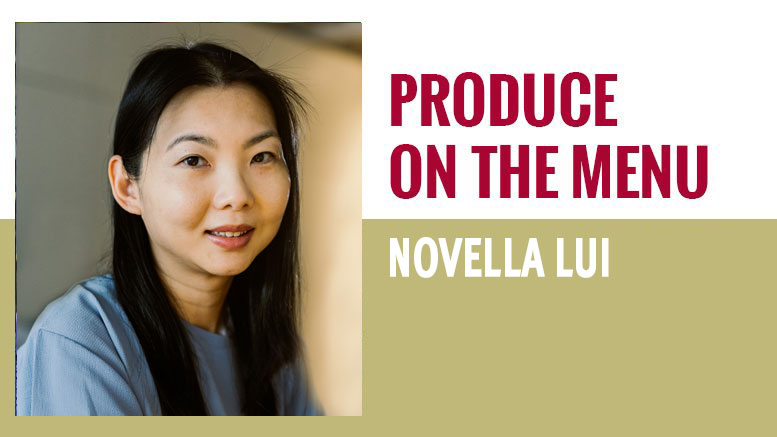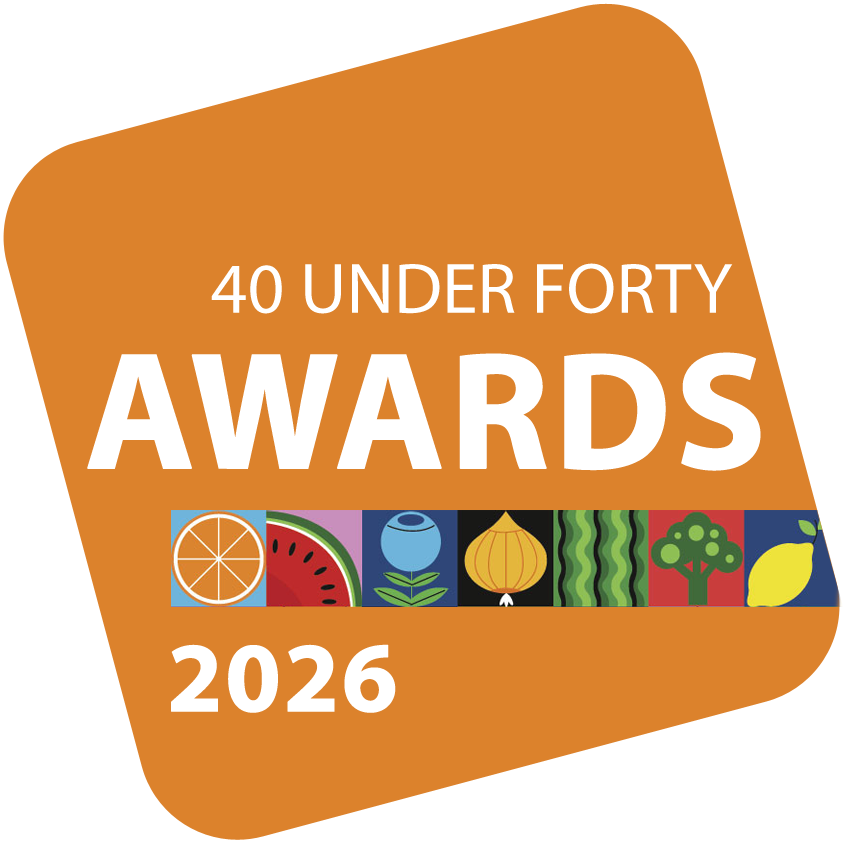Food Upcycling: Giving Edible Food Waste a Second Life
July 8, 2025 | 4 min to read

As a professional in the produce industry, you are probably familiar with the term “food waste.” According to the U.S. Department of Agriculture, food waste accounts for 30% to 40% of the food supply. Globally, food loss and waste cost $1.2 trillion in 2020, according to the World Bank Group.
A United Nations Environment Programme report in 2024 notes that addressing food waste requires individual and systemic changes. This recommendation isn’t surprising, as household food waste accounts for 60% of all food waste, while the foodservice sector and the food retail sector make up 27% and 13% of food waste, respectively. The same report also recommends strategies to reduce food loss and waste need to be country specific.
The good news is that food upcycling is a growing industry in North America, and it is one of the technical solutions to decrease food waste. Food upcycling involves transforming food waste into edible ingredients.
Adopting food upcycling is also about supporting a circular economy and moving toward a more sustainable ecosystem. If this is your first time hearing about food upcycling, you may wonder how produce byproducts could become upcycled ingredients and how upcycled ingredients benefit consumers.
UPCYCLING AND THE FOOD MENU
In a foodservice setting, upcycling ingredients means adopting zero-waste cooking by creating more with what we already have. For example, vegetable stems and leaves could be used in soups, stews and stir-fries, while fruit peels and cores could be made into jams and jellies.
Using every possible part of the produce could lower food costs, decrease food waste, and encourage chefs and cooks to create new and delicious dishes.
Using every possible part of the produce could help lower food costs, decrease the volume of food scraps becoming waste, and encourage chefs and cooks to create new and delicious dishes.
UPCYCLING AND HEALTH
From a food manufacturing and processing perspective, upcycling vegetable and fruit byproducts is a huge opportunity, reducing waste and potentially positively influencing health. For instance, produce scraps could be added to staple foods, such as gluten-free staples — bread, pasta and noodles.
Adding these plant-based waste-turned-into-ingredients could boost the dietary fiber and overall nutritional value of these gluten-free products, increasing the number of menu options for people with celiac disease.
UPCYCLING AND SENSORY EXPERIENCES
Another aspect to consider is that upcycled ingredients is an opportunity to introduce new flavors, textures, and colors to food, enhancing and diversifying consumers’ sensory experiences.
For example, using nutrient-rich grape pomace from wine production could enrich the sensory quality of yogurt and cheese. The pulpy residue could also be transformed into grape pomace flour for biscuits in snack foods.
UPCYCLING AND MARKET APPEAL
With the rise of food prices and cost of living, making upcycled food products appealing to consumers to choose over their conventional counterparts could pose challenges. Nonetheless, the demand for upcycled food products is growing.
According to Innova Market Insights’ January 2025 report, one in five consumers in the U.S. and Canada consider sustainability as a dietary value, and turn to brands and companies that focus on sustainable practices. Specifically, Generation Z is considered the most environmentally conscious and is particularly interested in knowing where their food comes from.
Being transparent with customers about your products helps build trust. Food manufacturers could get their product upcycled certified through Upcycled Certified Standard, a third-party certification program that enables food companies to inform consumers that their product includes safe-to-consume upcycled ingredients.
THE FUTURE OF UPCYCLED FOODS
This rapidly growing global industry was valued at $54.5 billion in 2022 and is projected to reach $94.6 billion by 2032, according to the Asia Food Journal.
While upcycled food can easily become a new food product category, further research and product development are needed to uncover the unknowns of sensory quality and acceptability. Also, depending on the nature of the byproduct and the processes required to transform it into a useful ingredient, food regulations may need to be revised.
Consumers, though, ultimately seek food that tastes good, is affordable, benefits the environment, and offers a positive experience. Understanding consumers’ perceptions and behaviors toward upcycled foods could help make an upcycled food product successful in the competitive food market.

Novella Lui, RD, MHSc is a registered dietitian, and a freelance food, nutrition, and health writer in Canada who combines her interest in food science, evidence-based nutrition, and health education through content creation. She is passionate about seeking new ways to bridge the communication gap between the business and the health side of food. As a foodie, she loves to travel around the globe to learn about how food connects with people’s culture and way of life. Connect with Novella at [email protected] for work samples and collaboration opportunities.
2 of 17 article in Produce Business June 2025

